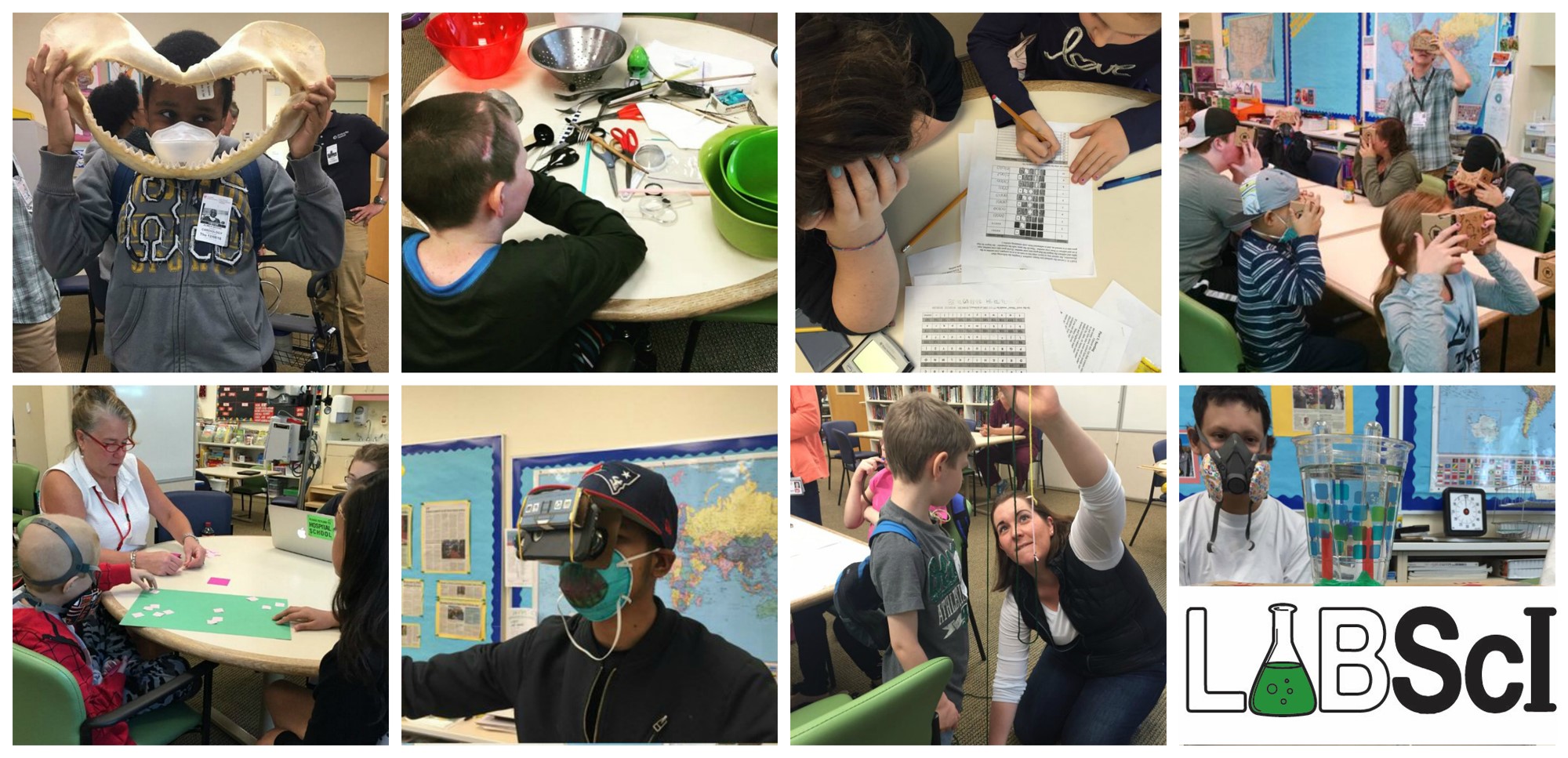In this lesson, we will learn about the ways people conveyed their messages throughout history. We will look into the development of communications and language, particularly symbols and glyphs, with an emphasis on petroglyphs.
Download the Labs!
Student Version
Teacher Version
Petroglyph Symbols
Message Challenge
Prerequisites:
- Good for all students
Key Concepts:
- Glyphs are elemental symbols, intended to represent an understandable character.
- Rock art are markings made by humans onto natural stone. They are found all over the world, usually found in protected areas such as caves or overhangs. Generally, they were ways of communicating by leaving pictures instead of words. As people and communities moved from place to place, it was a way of leaving messages for future inhabitants. The two main types of rock art are:
- Pictographs, which are drawn or painted, and
- Petroglyphs, which are chipped or carved into rock.
- Desert Varnish is the dark, manganese-rich coating on protected rock surfaces that is chipped away by Native American peoples to create petroglyphs.
Materials:
- Prepared plaster-of-paris disks (1-2 per student)
- 1 box plaster of paris (about 4 lbs per 12 disks)
- 7” paper plates – *must be heavy duty
- Water
- Tub or bucket
- Paint brushes
- Tempera paint in earth tones (brown, yellow, orange, red, tan)
- Round toothpicks or nails
- Petroglyph Symbols worksheet (one per student)
- Message Challenge – cut into individual messages (one message per student)
